Biden declares disaster in California as pounded state takes another storm system
US President Joe Biden has declared a major disaster in California, as more storms bring heavy flooding to already waterlogged regions and threaten snowfalls of up to two meters.
The latest system was expected to bring "heavy lower-elevation rain, significant mountain snow, and strong winds," with "another surge of Pacific moisture" expected Monday, the National Weather Service (NWS) said.
It predicted "disastrous flooding" across the lower Salinas River valley, a key agricultural region south of San Francisco Bay.
California Governor Gavin Newsom earlier asked Biden for a major disaster declaration after a series of storms battered the state in the first week of the year, causing deadly flooding, downed trees, and widespread power outages.
In a trip to the centrally-located city of Merced on Saturday, Newsom said he expects to receive a major disaster declaration from US President “as it's Biden’s intention and he made it clear he wants to see that happen.”
Across California, more than 68,000 customers were without electricity on Saturday morning, in the latest of a series of atmospheric rivers since December 26, killing at least 19 people and bringing floods, mudslides, evacuations, and road closures.
The governor had already declared a state of emergency this month in response to the extreme weather. But a decree from the president can provide even more resources through the Federal Emergency Management Agency.
Last week, Biden issued an emergency declaration to support storm response and relief efforts in more than a dozen counties, but Newsom is still waiting for the White House to declare a major disaster declaration that would provide more resources.
Flood warnings were in effect for the Salinas River in an agricultural valley about 90 miles south of San Francisco. At least 20,000 acres (8,094 hectares) of farmland were at risk of flooding, the National Weather Service said.
Newsom said that he is aware residents are fatigued by the situation, but called on Californians to remain “vigilant” and to use “common sense” over the next 24 to 48 hours. He warned that the current challenges could present themselves “acutely” due to the saturated ground.
At least 19 storm-related deaths have been reported, and a five-year-old boy remained missing after being swept out of his mother’s car by flood waters in San Luis Obispo County.
Half of the deaths have involved motorists, and some could have been prevented if drivers had heeded road closure signs, said Sean Duryee, acting commissioner of the California highway patrol, during a briefing by state and federal officials on Friday.
California's parade of atmospheric rivers may be close to an end but not before at least two more of the rainstorms are due to drench the waterlogged state starting on Saturday, forecasters said.
The Central Sierra Snow Lab at UC Berkeley tweeted on Saturday morning that it received 21.3in (54cm) of snow in 24 hours and that its snowpack of about 10ft (3m) was expected to grow several more feet by Monday.
We have received 21.3" (54 cm) of #snow in the last 24 hours and it's still coming down hard out there! The snowpack is DEEP with ~10 feet (3 meters) of snow already on the ground!
— UC Berkeley Central Sierra Snow Lab (@UCB_CSSL) January 14, 2023
We're expecting another 2-3 feet of snow by Monday morning, so much more to come!#CAwx #CAwater pic.twitter.com/KLL2aOoOpX
The ninth and final atmospheric river of the series is due to make landfall on Monday and last a couple of days.
California, a state plagued by drought, has averaged more than 9 inches (23 centimeters) of rainfall over the past 18 days — a remarkable amount that has seen some locations meet their average annual rainfall already, said David Lawrence, a meteorologist with the National Weather Service.
Dry days are in next week’s forecast for California starting on Tuesday.

‘Significant’ downturn in Americans’ support for Israel: Poll

Three killed, three injured in mass shooting incident in Virginia

US revokes another university student visa ‘without explanation’
Israeli CEO arrested for pedophilia and sexual assault
Israel's hawkish minister, husband accused of sex abuse by daughter
Iran breaks Germany's monopoly on cancer-treating Rhenium-188
Houthi: Israel has no interest in peace, seeks to obliterate Palestine
VIDEO | Iran, Russia strengthen cultural ties through Isfahan-Kazan sister city pact
VIDEO | Damascus protesters slam Israeli crimes in Gaza
VIDEO | South Korea seeks deal as Trump pauses new tariffs
VIDEO | Israeli forces massacre nearly 40 Palestinians in Alshujaia


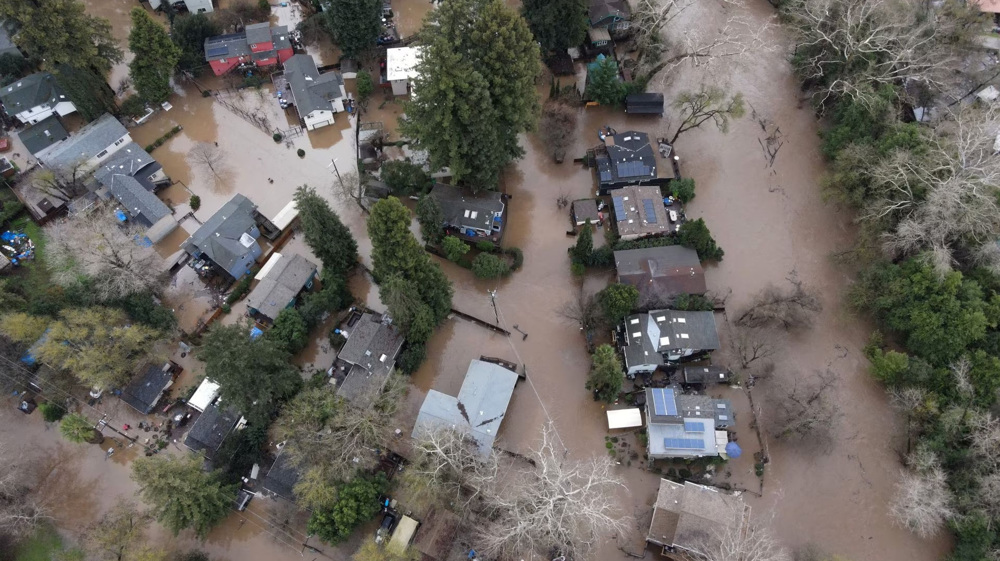
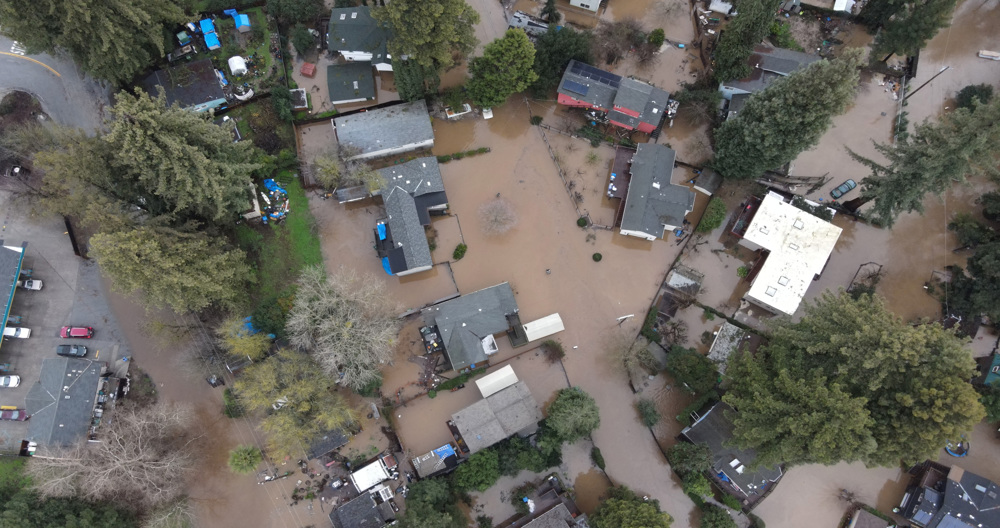



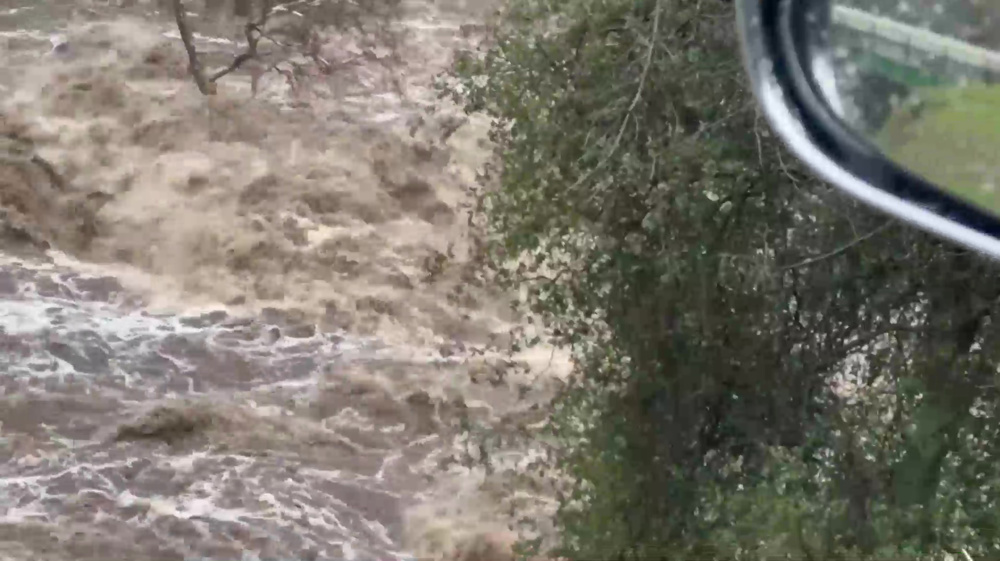
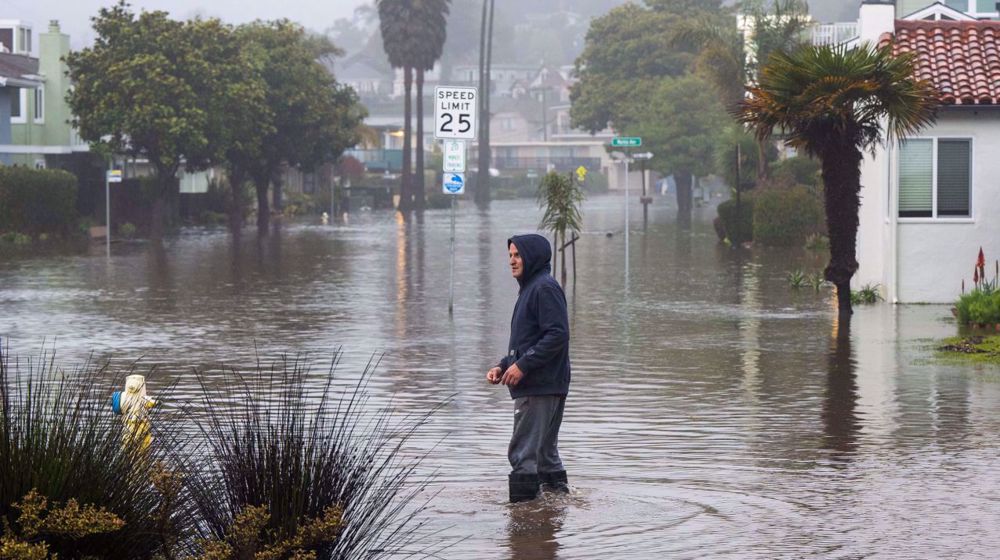
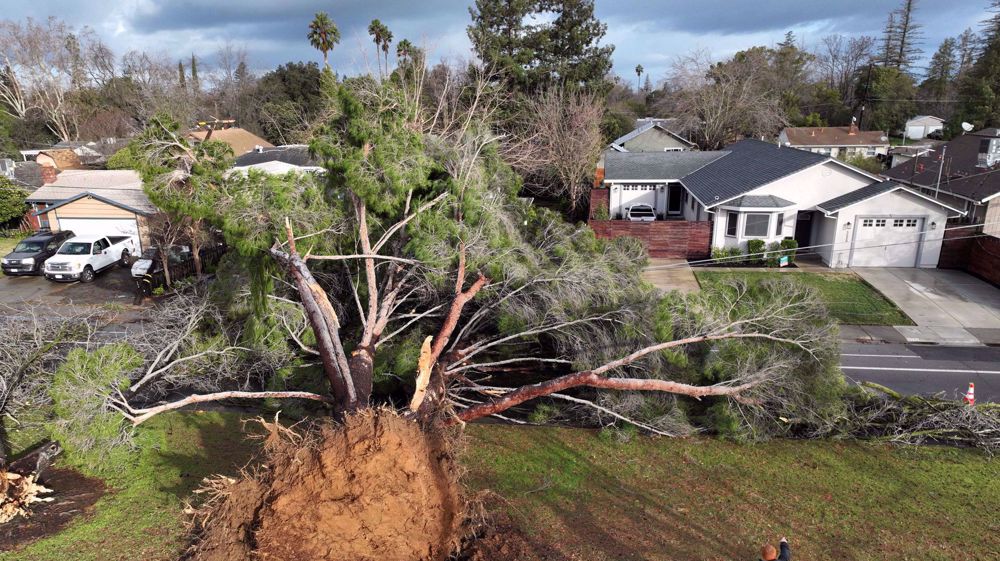
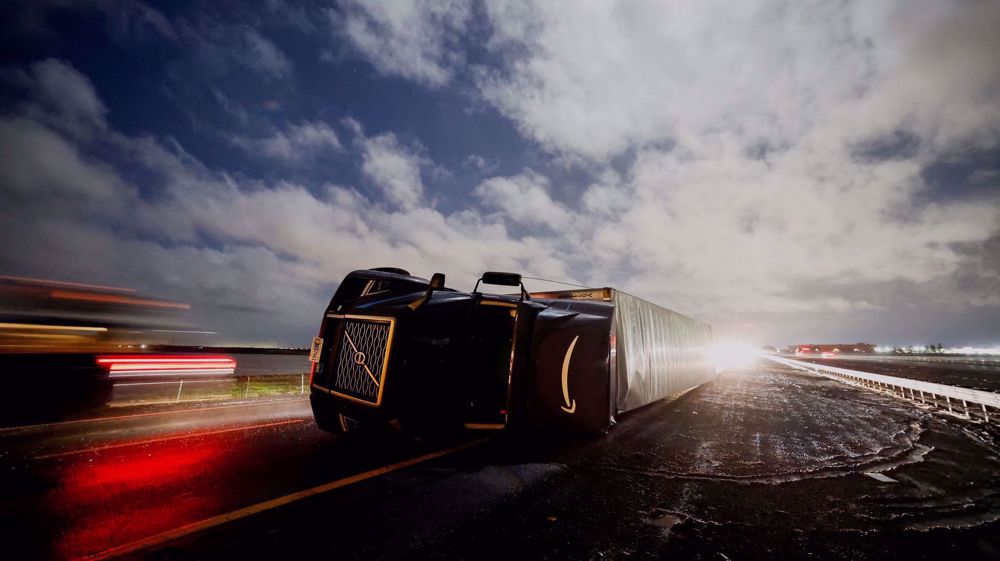

 This makes it easy to access the Press TV website
This makes it easy to access the Press TV website